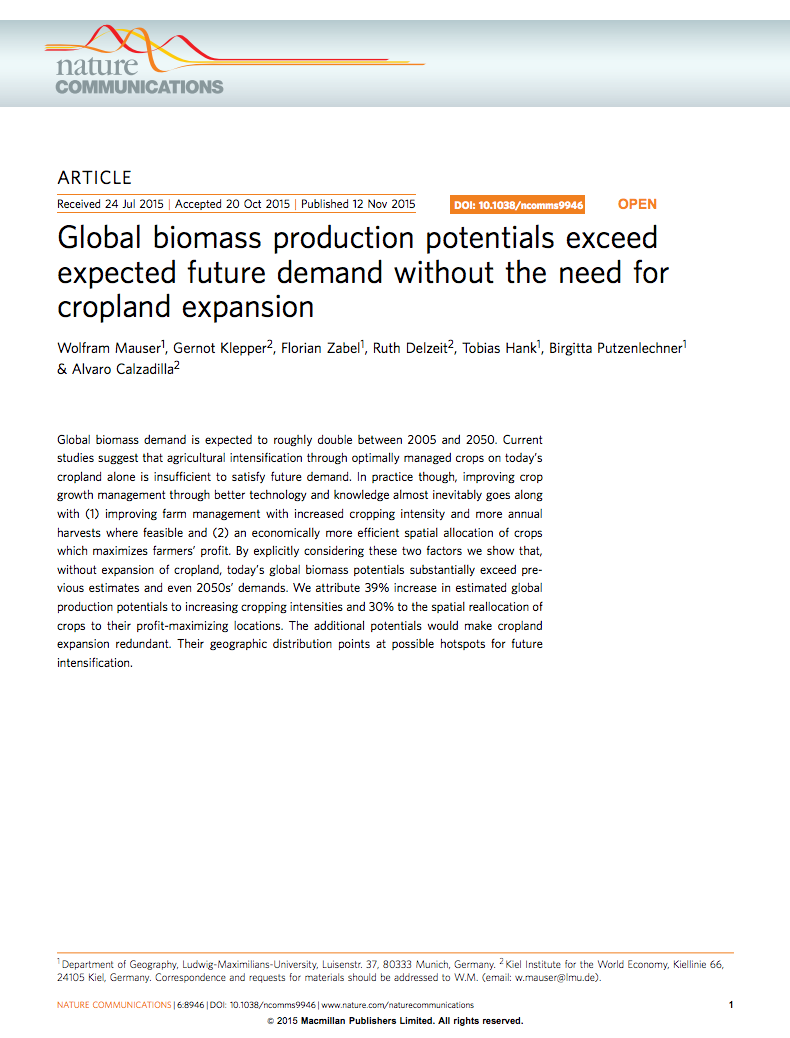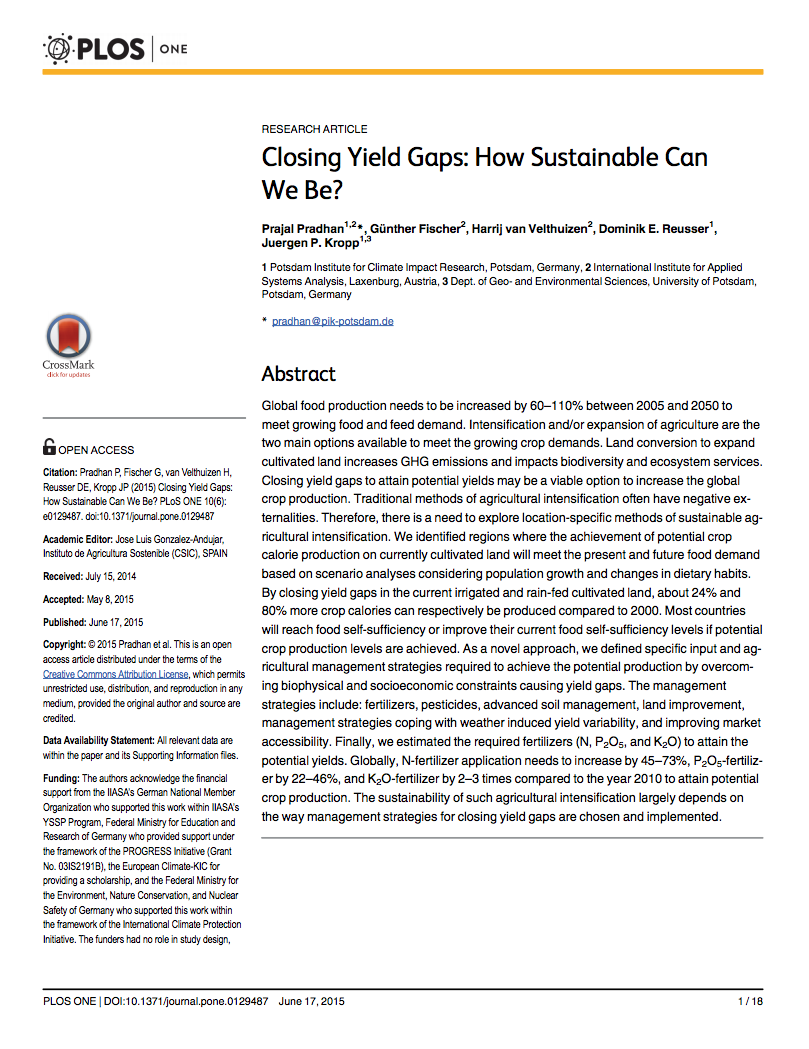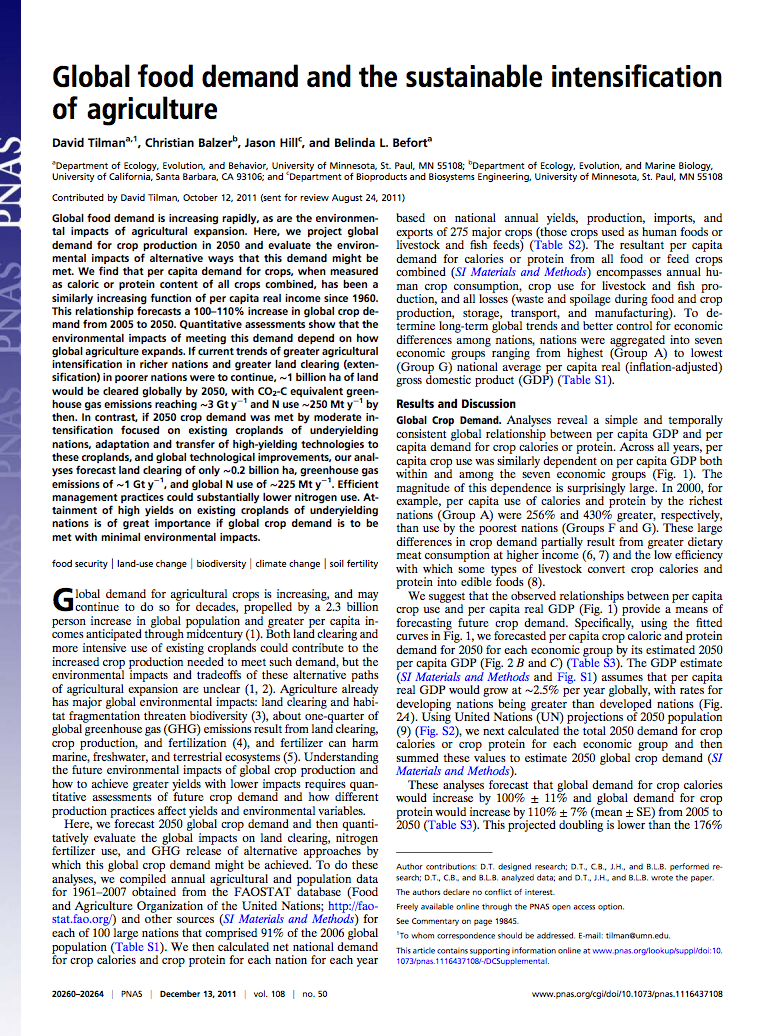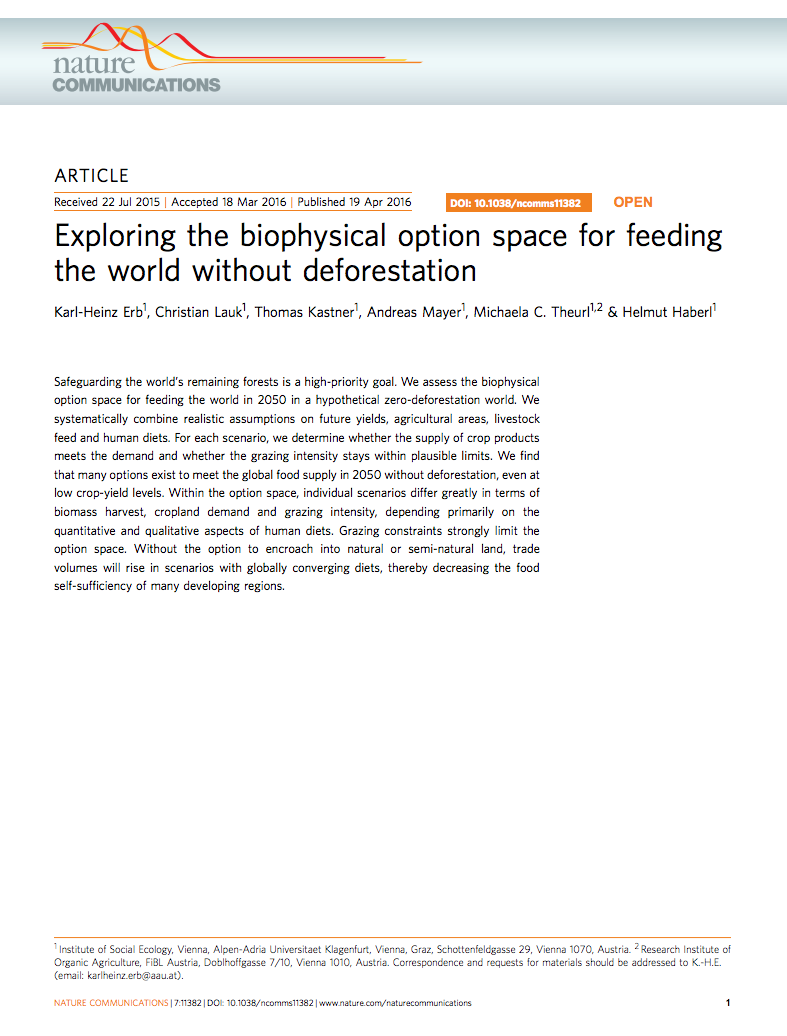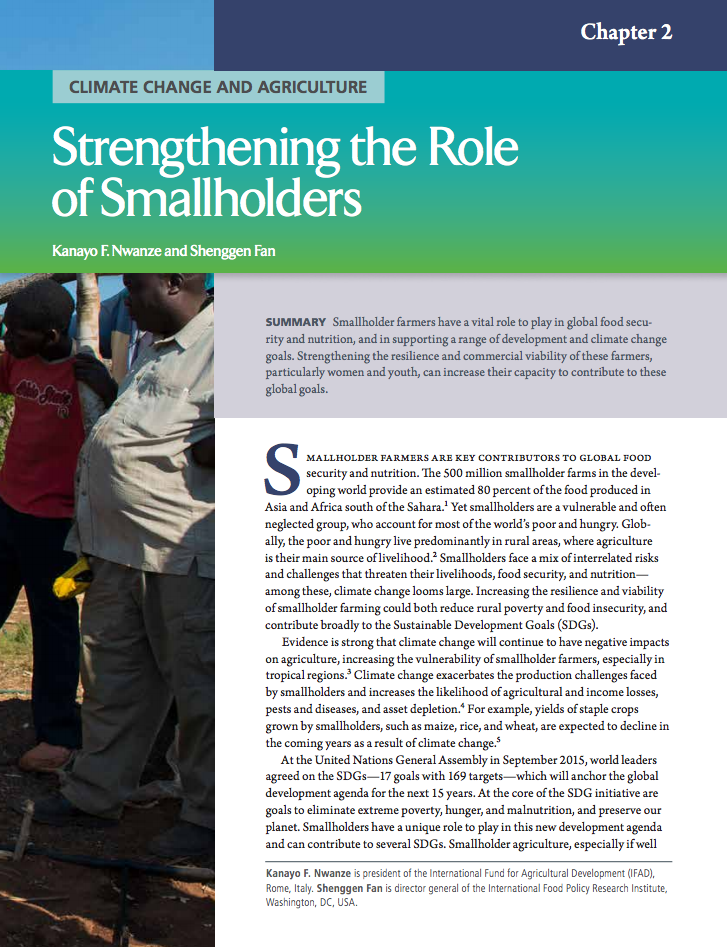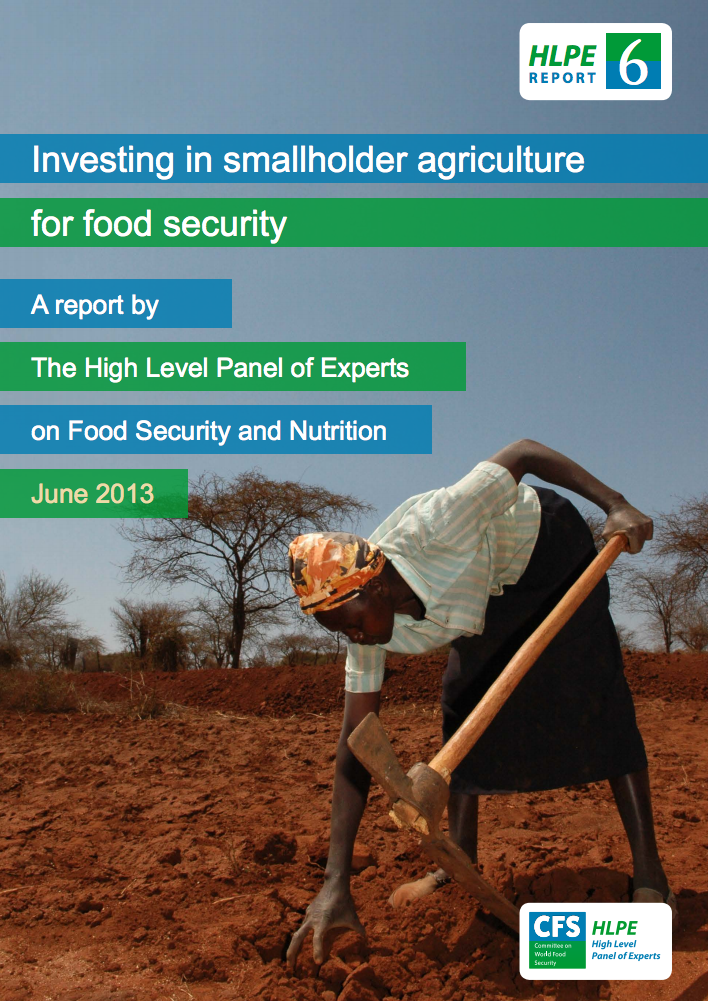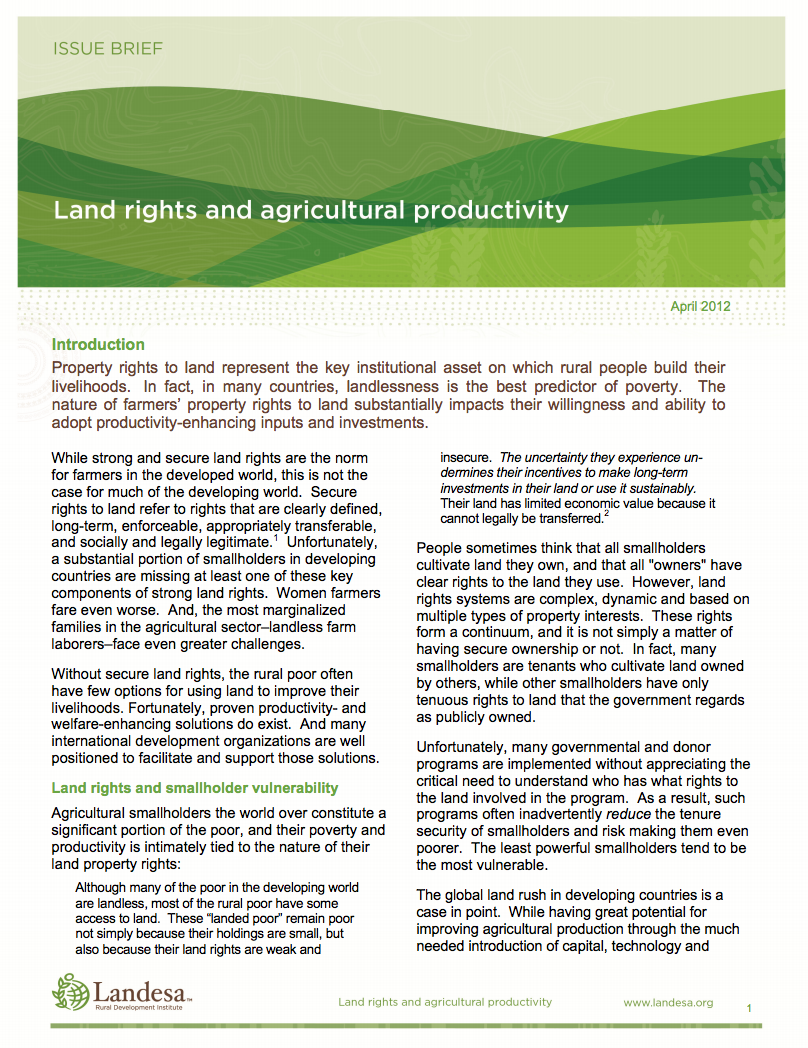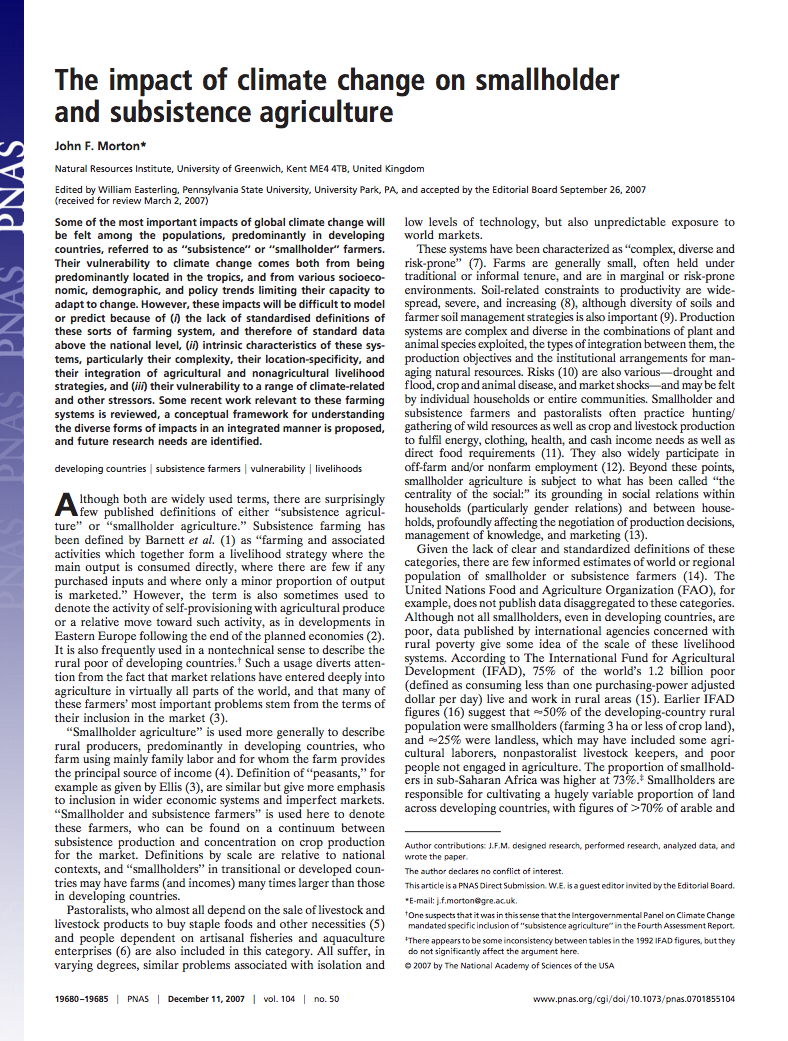An agent-based model of agricultural innovation, land-cover change and household inequality: the transition from swidden cultivation to rubber plantations in Laos PDR
This article examines the transition from shifting cultivation to rubber production for a study area in northern Laos PDR using an agent-based model of land-cover change. A primary objective of the model was to assess changes in household-level inequality with the transition from shifting cultivation to rubber adoption. A secondary objective was to develop explanations for the rate of rubber adoption in the study area.



